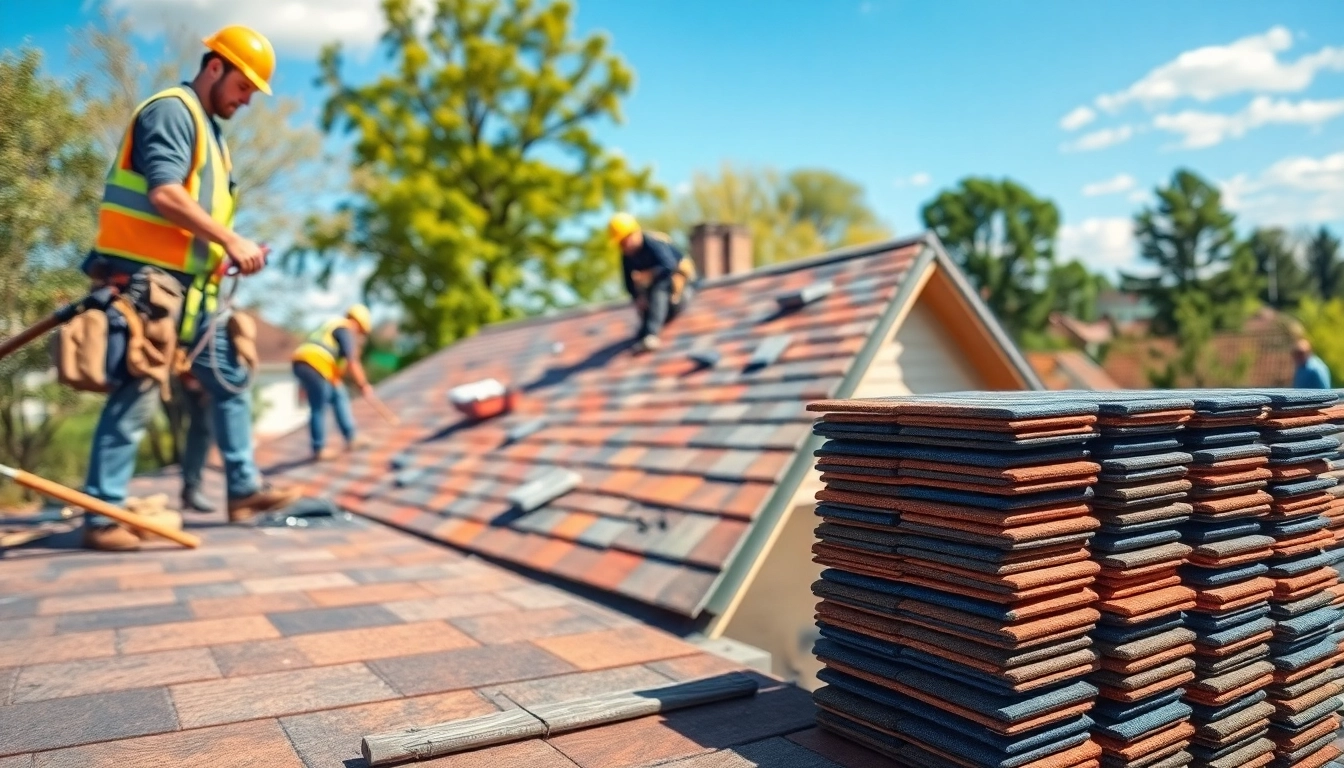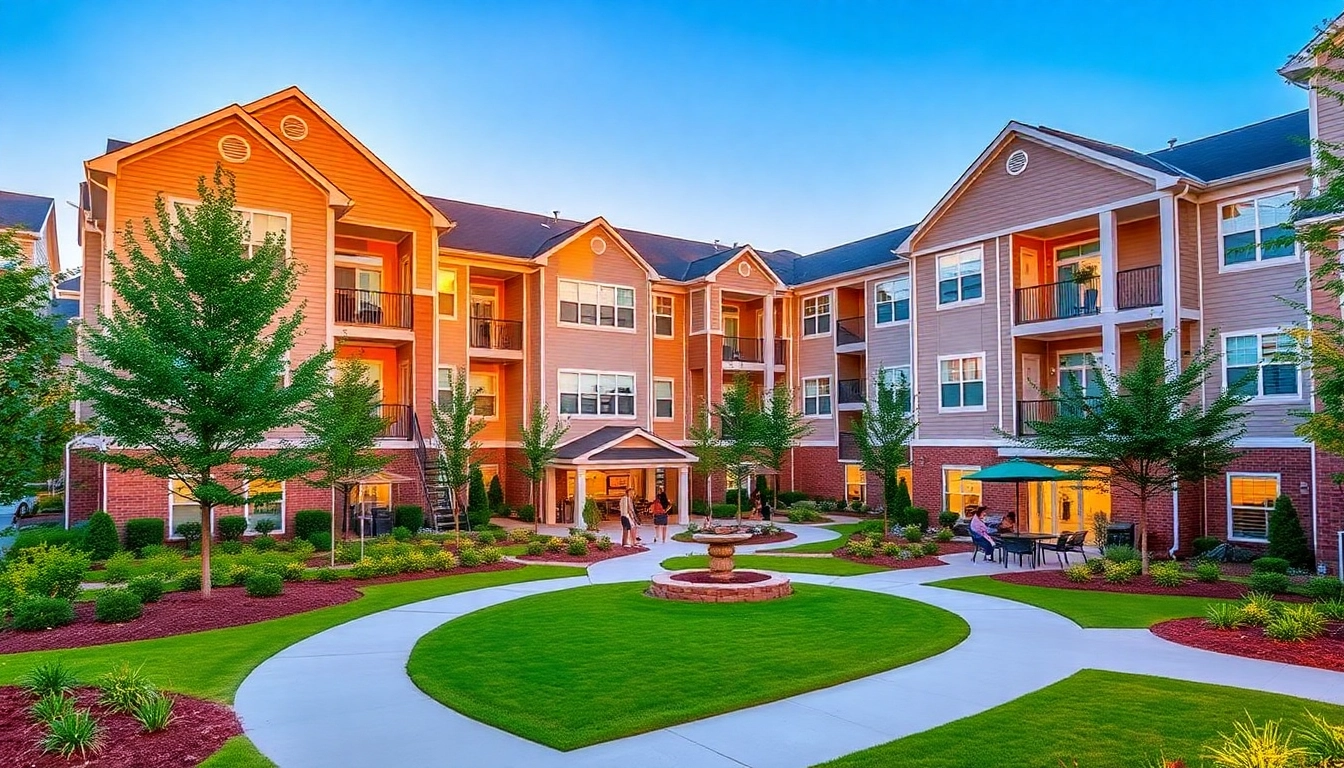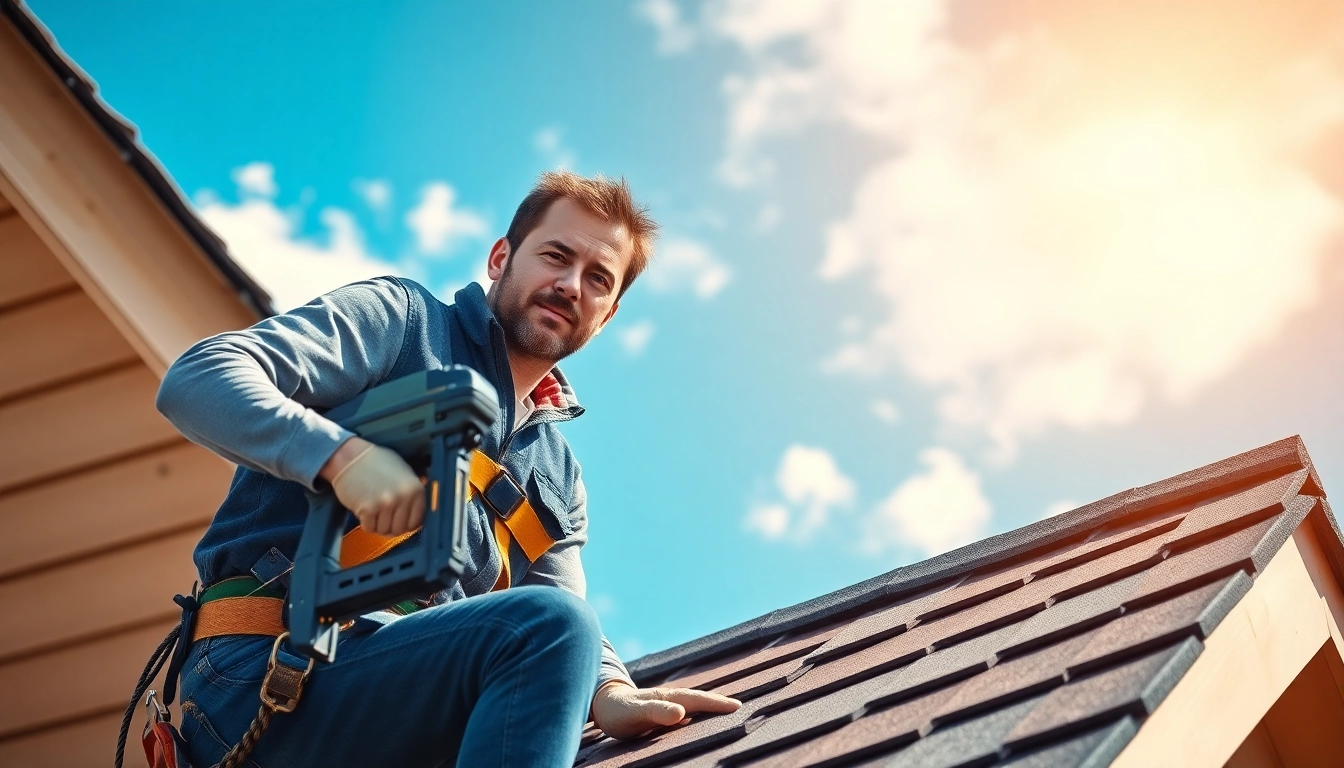Understanding Roof Replacement Needs in Arnhem
Whether you are a long-time resident of Arnhem or newly settled, maintaining the integrity of your home is crucial, and the roof plays a pivotal role in that. A well-functioning roof protects you from harsh weather conditions while contributing to energy efficiency. This guide explores the various aspects of dak vervangen arnhem, offering insights into when and why you may need a roof replacement.
Common Signs You Need a New Roof
Every homeowner should periodically assess their roofing situation. Certain signs indicate that a roof replacement might be necessary. Here are some common indicators that can help you identify when it’s time to replace your roof:
- Age of the Roof: Most roofs have a lifespan of about 20 to 25 years. If your roof is nearing this age, it may be time to evaluate its condition.
- Shingle Damage: Look for cracked, curled, or missing shingles. These are primary indicators of deterioration and may lead to leaks if not addressed promptly.
- Water Damage: Interior signs such as water stains on ceilings or walls may suggest that your roof is leaking, necessitating a replacement.
- Moss and Algae Growth: While not a direct sign of damage, excessive growth can trap moisture against shingles, leading to rotting and decay over time.
- Increased Energy Bills: If you notice a spike in your energy costs, it may indicate poor insulation, which could be a result of roof damage.
Assessing Damage: DIY vs. Professional Evaluation
Determining the extent of roof damage can be challenging. While some aspects can be assessed through a DIY inspection, hiring a professional roofing contractor is often the best course of action. DIY assessments may include:
- Visual Checks: Observing your roof from the ground or using binoculars can help identify obvious issues.
- Ceiling Inspections: Look for water stains or mold that might indicate leaks.
- Shingle Checks: Gently lifting a few shingles to check for deterioration can provide insight.
However, professionals bring expertise and specialized tools for a more thorough inspection, which can identify less obvious issues that could lead to costly repairs later. A professional evaluation will often save you money in the long run.
Choosing the Right Roofing Material for Your Home
The choice of roofing material has a significant impact on durability, aesthetics, and cost. Common roofing materials include:
- Asphalt Shingles: Popular due to their affordability and ease of installation. Available in various colors and styles.
- Metal Roofing: Known for its longevity and energy efficiency, metal roofs can last 40+ years with proper maintenance.
- Slate Tiles: This premium option offers unparalleled aesthetic appeal but requires a reinforced roof structure due to its weight.
- Concrete or Clay Tiles: These materials are very durable, weather-resistant, and can last for decades if properly maintained.
Choosing the right material involves considering factors such as climate, design preferences, and budget. Consulting with a roofing professional can provide tailored recommendations based on your specific needs.
The Roof Replacement Process Explained
Step-by-Step Overview of the Replacement Procedure
The roof replacement process involves several well-defined steps that ensure a thorough and effective solution:
- Initial Assessment: Start with an inspection by a qualified contractor to evaluate the current state of your roof.
- Material Selection: Choose materials based on needs and budget, factoring in any specific requirements for your home.
- Scheduling: Set a timeline that works with the contractors and accommodates favorable weather conditions.
- Preparation: Remove furniture and belongings from areas under the roof, and ensure safe access points for workers.
- Installation: Old roofing materials will be stripped away, and new materials will be installed in accordance with building regulations.
- Clean-Up: All workers should clean the area thoroughly, removing old materials and debris.
- Final Inspection: Schedule a final inspection to ensure everything has been installed correctly and meets local safety codes.
Essential Tools and Safety Measures
Roofing work can be dangerous. Proper tools and safety measures should be implemented to minimize risks:
- Tools Needed: Essential tools include a roofing nailer, power drill, ladders, safety harnesses, and proper footwear to provide grip and stability.
- Safety Precautions: Always use harnesses when working at heights, set up scaffolding as necessary, and ensure that all team members are adequately trained in roofing safety practices.
Risk management is crucial, and hiring professionals who understand safety protocols can further mitigate dangers associated with roof replacement.
Timeframes: How Long Should Roof Replacement Take?
The time required to replace a roof can vary depending on several factors including roof size, material type, and weather conditions. Generally, you can expect the process to take:
- Small Homes: One to two days.
- Average Homes: Two to four days.
- Larger Homes: Up to a week or more.
Delays may arise due to inclement weather or unexpected structural issues, so it’s wise to account for these possibilities when planning your project’s timeline.
Cost Considerations for Roof Replacement in Arnhem
Breaking Down the Costs: Materials, Labor, and Extras
The total cost of a roof replacement can be broken down into several components:
- Materials: This includes the price of shingles or tiles, underlayment, and additional waterproofing materials.
- Labor: Depending on local labor rates and the complexity of the job, labor can make up a significant portion of your total expenses.
- Extras: These can include costs for disposing of old roofing materials, necessary permits, or unforeseen repairs that are discovered once the old roof is removed.
Collecting detailed quotes from various contractors can help you make an informed decision and avoid unexpected costs.
Obtaining Quotes: What to Look For
When obtaining quotes from roofing contractors, consider these essential elements:
- Detailed Breakdown: A comprehensive itemization of costs for materials, labor, and extras is crucial.
- Timeline: Understand the estimated duration of the project and when the work can commence.
- Warranty Information: Request details on warranties covering both materials and workmanship.
- Insurance and Licensing: Confirm that the contractor is fully licensed and insured to protect against potential liabilities.
Taking the time to compare quotes can lead to better decision-making regarding your roof replacement.
Financing Options for Your Roof Replacement
Roof replacements can be a significant investment. Understanding financing options can ease the financial burden. Possible avenues include:
- Home Equity Loans: If you have sufficient equity in your home, this option allows you to borrow against it for renovations.
- Personal Loans: Unsecured personal loans can be used for roofing projects but may come with higher interest rates.
- Credit Cards: Using credit for smaller expenses can be practical if managed correctly.
- Payment Plans: Many contractors offer financing options or payment plans to spread costs over time.
Explore all financing options and be sure to read the fine print before making a commitment to any financial institution or contractor.
Choosing the Right Contractor for Your Roof Replacement
How to Vet and Interview Potential Roofing Contractors
Choosing the right contractor is an essential step in the roof replacement process. Here’s how to properly vet potential candidates:
- Research Local Options: Search for contractors in your area with experience and positive reviews.
- Interview Candidates: Ask about their experience, warranties, and processes. Be sure to express any specific needs or concerns you may have.
- Check References: Request references from previous clients to gauge the contractor’s reliability and workmanship.
- Read Reviews: Online platforms like Google, Yelp, and Angie’s List can provide valuable insights into a contractor’s reputation.
Importance of Local Experience and Reviews
Hiring a contractor with local experience is beneficial for various reasons, including familiarity with Arnhem’s weather challenges, local building codes, and preferred materials. Furthermore, local contractors often have established relationships with suppliers and an understanding of regional market conditions, enabling them to offer competitive pricing.
Reviews from past clients provide transparency about service levels. Look for consistency in feedback, particularly regarding job quality, reliability, and post-installation support.
Warranties and Guarantees: What to Expect
A reputable contractor should offer warranties that cover their workmanship and the materials used. Typical warranty terms include:
- Material Warranty: Coverage that typically lasts from 20 years to a lifetime, depending on the material.
- Workmanship Warranty: This usually ranges from two years to ten years, covering defects arising from installation methods.
Be sure to read and understand the warranty terms before signing a contract, as this will provide peace of mind in the case of future issues.
Preparing Your Home for a Successful Roof Replacement
Pre-Installation Checklist for Homeowners
Before installation begins, there are several preparatory steps homeowners should undertake:
- Clear the Area: Remove vehicles and any garden furniture from the worksite for safety.
- Secure Pets and Children: Ensure that pets and children are kept away from the work area to prevent accidents.
- Notify Neighbors: Inform your neighbors about the upcoming work to mitigate any noise-related inconveniences.
- Prepare for Potential Disruption: Expect some disruptions in your daily routine, including noise and dust.
Communicating with Your Contractor for a Smooth Process
Effective communication with your contractor is key to a successful roof replacement. Here are some tips:
- Discuss expectations and timelines upfront.
- Establish regular check-ins to stay updated on progress and address any emerging issues.
- Provide clear access to the property while also discussing work hours and any potential disruptions.
Maintaining open lines of communication fosters a better working relationship, leading to a smoother and more efficient process.
Post-Replacement Care: Maintaining Your New Roof
Once your new roof is installed, ongoing maintenance is essential to extend its lifespan. Here are some maintenance tips:
- Regular Inspections: Conduct inspections at least twice a year, checking for debris, damaged shingles, or signs of wear and tear.
- Clean Gutters: Ensure gutters are free of clogs to allow proper drainage and avoid water pooling on the roof.
- Address Issues Promptly: If you notice any problems, such as leaks or damaged shingles, address them immediately to avoid bigger issues down the line.
Proper aftercare can help maximize your roof’s lifespan and protect your home investment.



